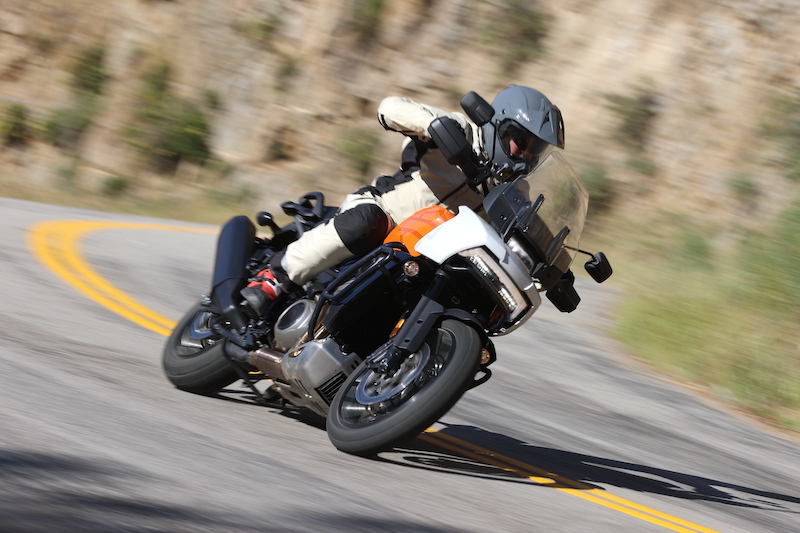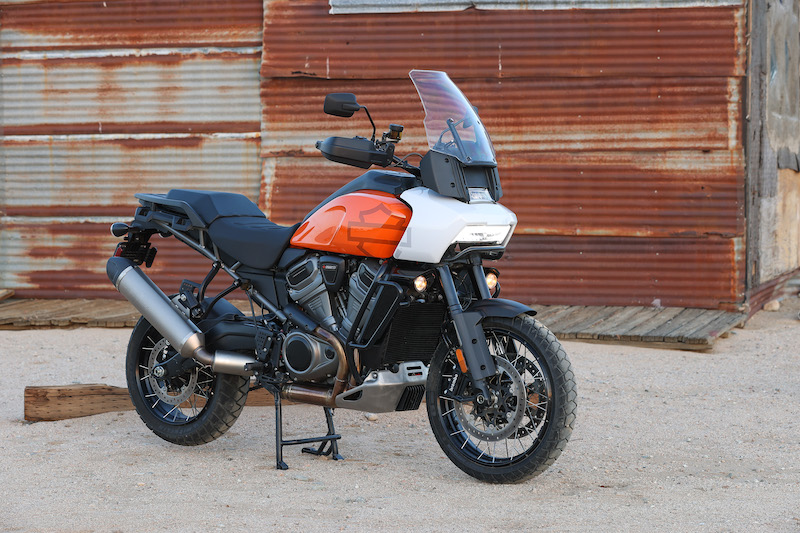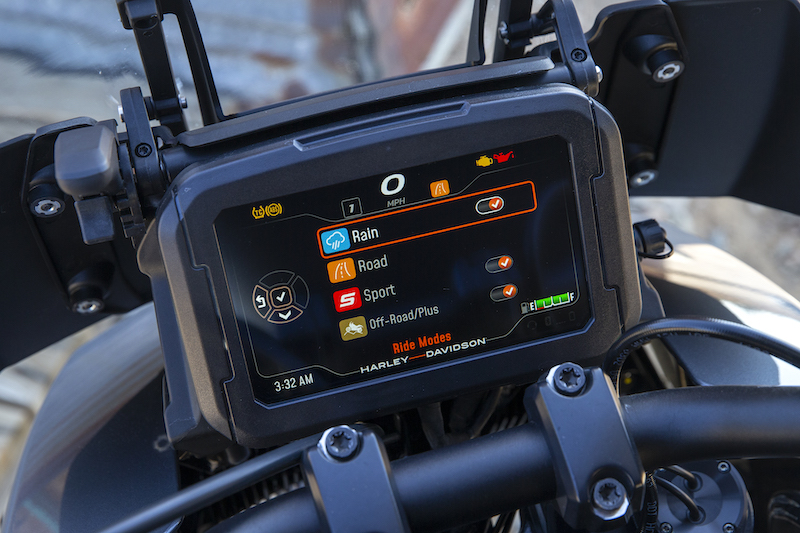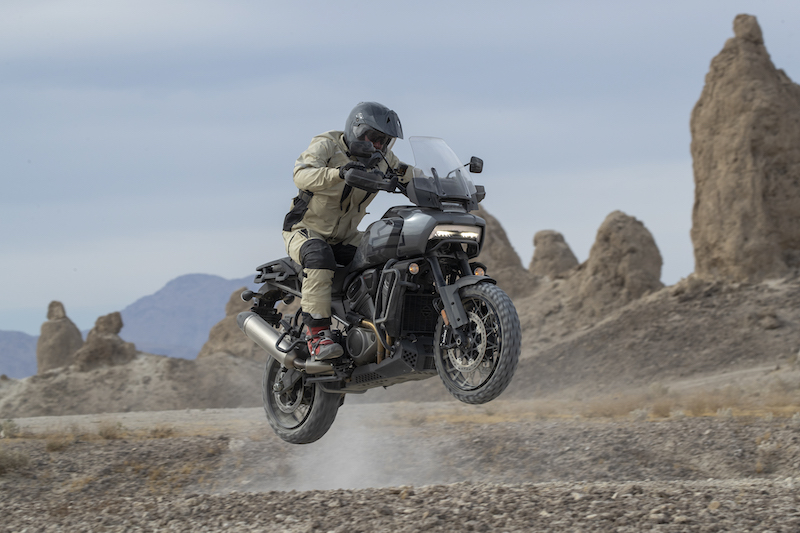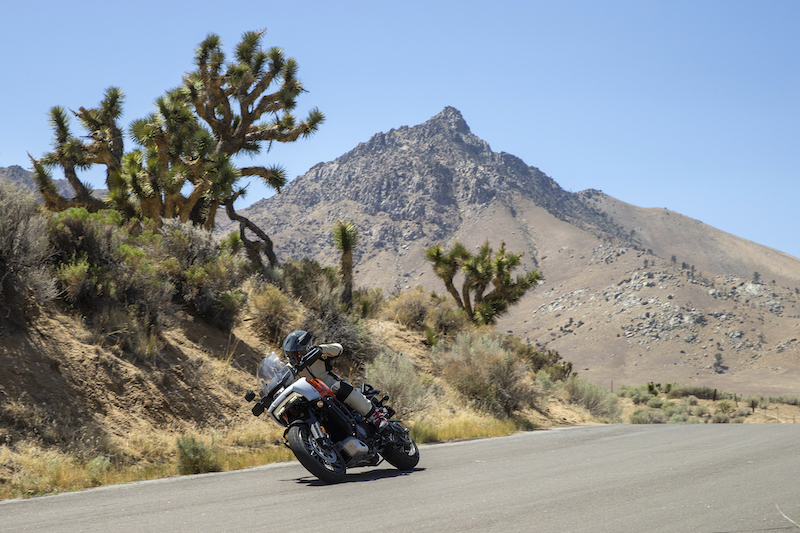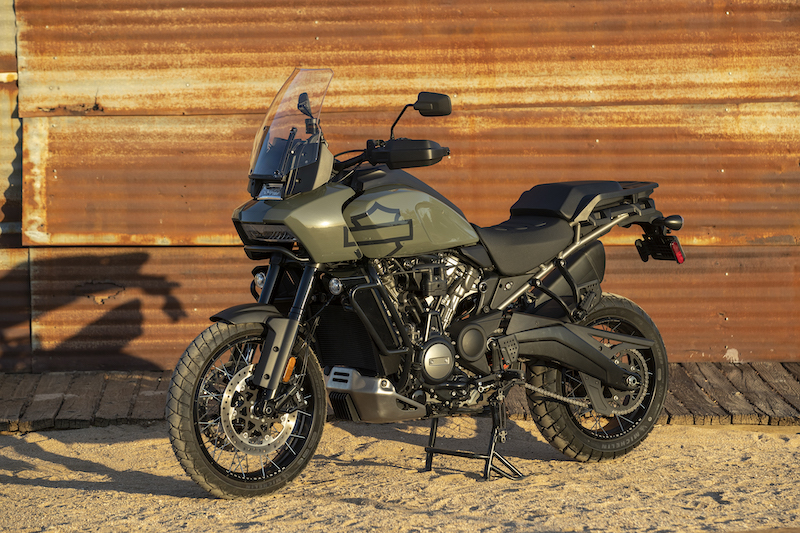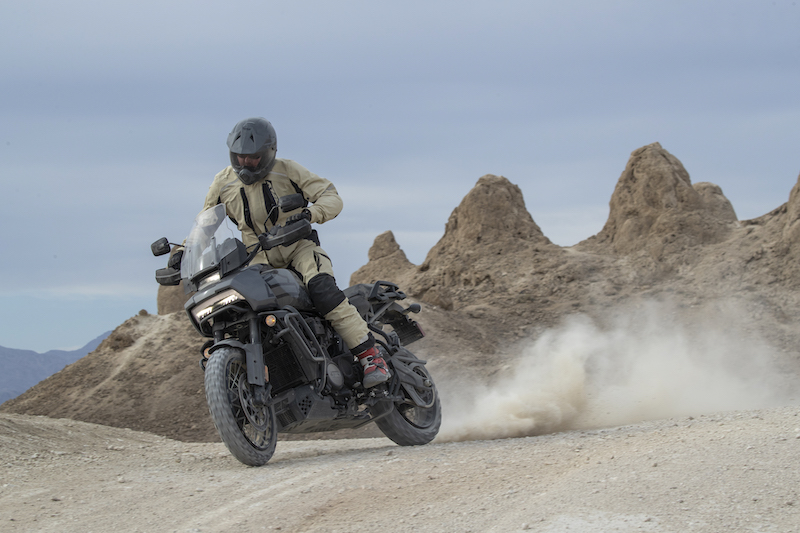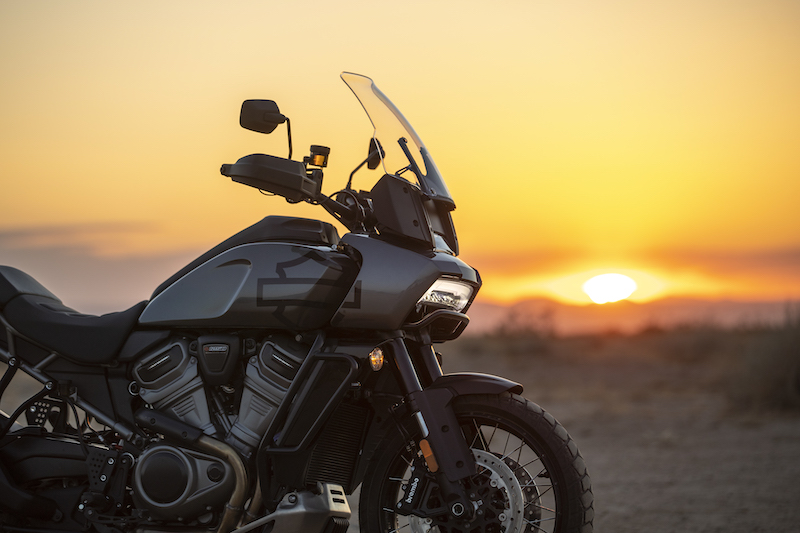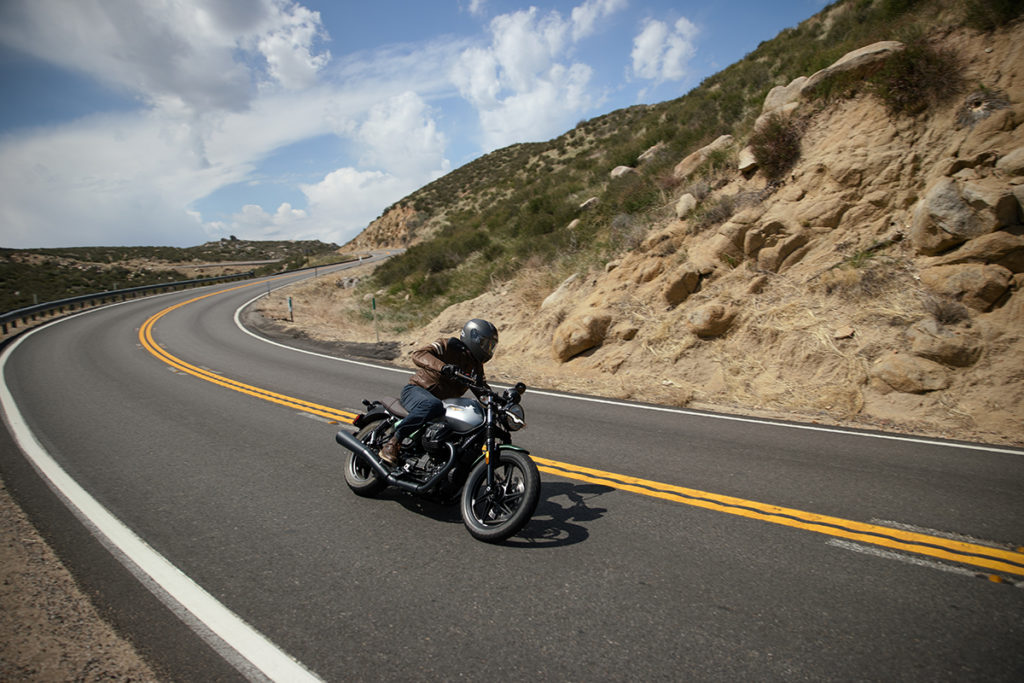
“I would know the sound of a big Guzzi in my sleep. It concentrates its aural energies in your upper chest, ringing through your bones. It is … the sound of joy.”
— Melissa Holbrook Pierson, The Perfect Vehicle: What It Is About Motorcycles
When we find joy, we hold it close and nurture it. Woven throughout Pierson’s book, arguably one of the best ever written about motorcycling, is a romance between the author and Moto Guzzi. When searching for her first motorcycle, it was love at first sight: “a 500cc V-twin Moto Guzzi, red-and-black, a workhorse, and I thought it was beautiful.”
Like any true love, Pierson’s passion for Moto Guzzi ran deep and transcended appearance. She fell under the spell of the Italian V-twin’s syncopated beat. She dedicated her mind, body, and spirit to learning to ride, doing her own maintenance, and enduring long hours in the saddle through stifling heat, bitter cold, and drenching rain.
Moto Guzzi is a storied marque that celebrates a century of continuous production this year. Every Moto Guzzi — from the 1921 Normale, a 498cc single, to the 1955 Otto cilindri, a liquid-cooled, DOHC 500cc V-8 GP racer that topped 170 mph, to present-day models — has been built in the factory in Mandello del Lario, Italy, on the shores of Lake Como.
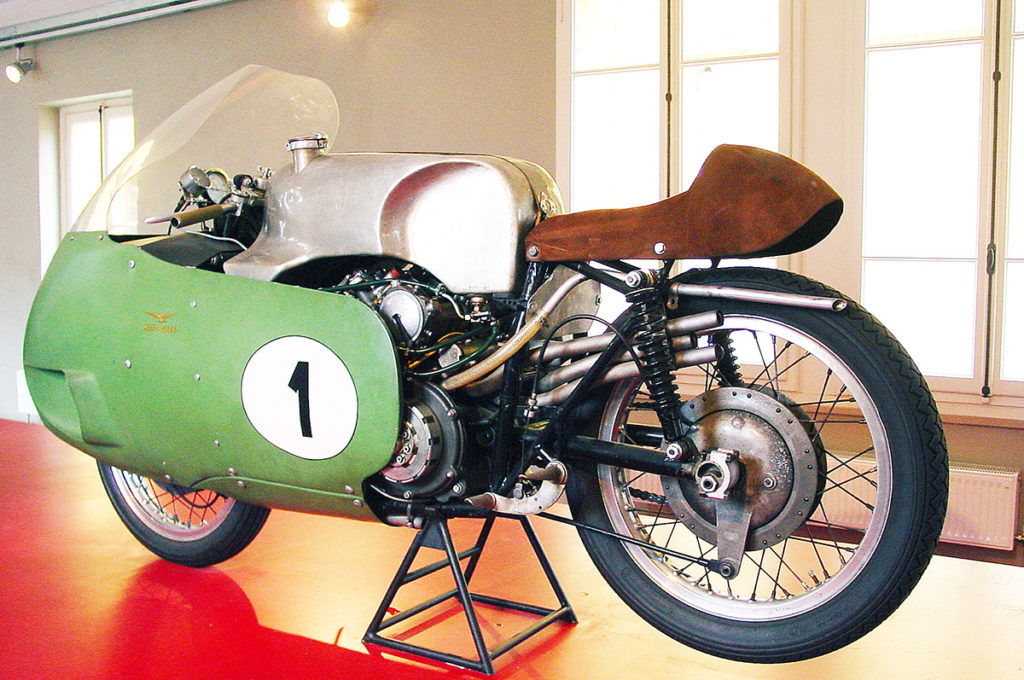
Three models — V7 Stone, V9 Bobber, and V85 TT — are available with a special Centenario color scheme for 2021 that pays tribute to the Otto cilindri. Their silver fuel tanks are inspired by the racebike’s raw alloy tank, their green side panels and front fenders are a nod to its iconic dustbin fairing, and their brown seats and golden eagle tank emblems further set them apart, though all 2021 models/colors display 100th anniversary logos on their front fenders.
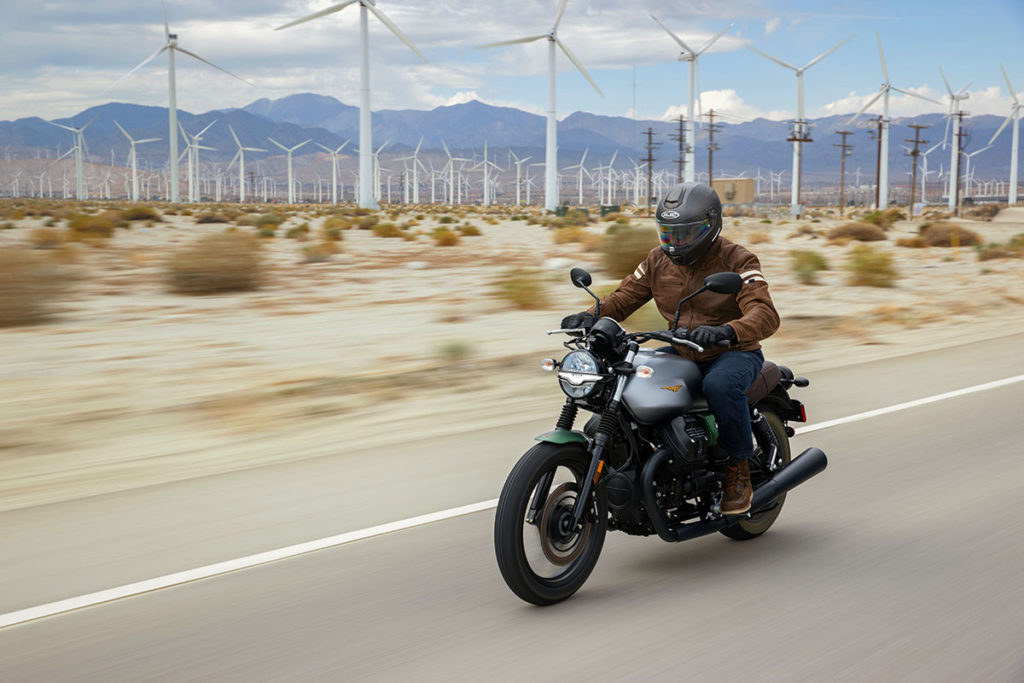
Greg’s Gear
Helmet: HJC RPHA 90
Jacket: Joe Rocket Classic ’92
Gloves: Joe Rocket Cafe Racer
Pants: Scorpion Covert Pro Jeans
Boots: Highway 21 Journeyman
Over its long history, Moto Guzzi has designed and built many notable models, but the V7 is a true living legend, the very soul of the brand. After two decades of building small, inexpensive motorcycles after World War II, Moto Guzzi became the first Italian manufacturer to offer a large-displacement model when, in 1967, it introduced the 700cc V7. It was the genesis of the engine configuration that came to define Moto Guzzi: the “flying” 90-degree V-twin, with its air-cooled cylinders jutting outward into the wind and its crankshaft running longitudinally. The V7 also had an automotive-style twin-plate dry clutch, a 4-speed constant mesh transmission, and shaft final drive.
Today’s V7 maintains a strong connection to the original, from its round headlight, sculpted tank, and upright seating position to its dry clutch, shaft drive, dual shocks, and dual exhaust. The V7 Special ($9,490) is classically styled, with spoked wheels, chrome finishes, dual analog gauges, and a traditional headlight. The more modern-looking V7 Stone ($8,990) has matte finishes, a single all-digital gauge, black exhausts, cast wheels, and an eagle-shaped LED set into the headlight.
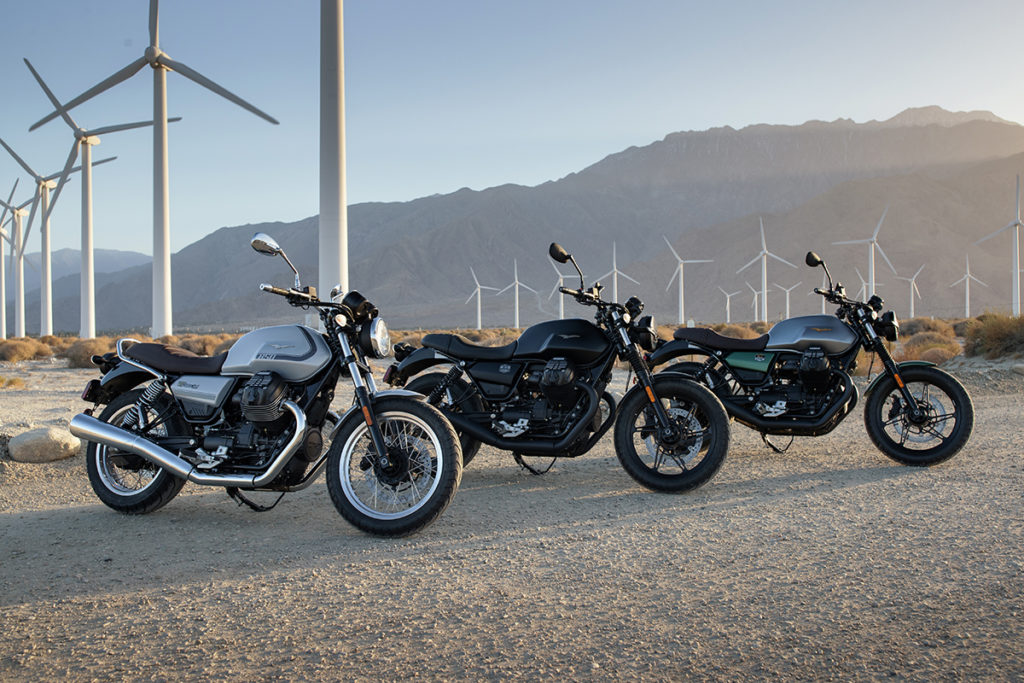
I’ve ridden a variety of Moto Guzzis over the years — the Norge sport-tourer (named after the Norge GT 500, which Giuseppe Guzzi rode to the Arctic Circle in 1928), the carbon-fiber-clad MGX-21 Flying Fortress hard bagger, the classic California 1400 Touring, and the red-framed, chrome-tanked V7 Racer, among others. Each was unique, but all shared the distinctive cah-chugga-chugga sound when their V-twins fired up and the gentle rocking to the right side when their throttles were blipped at idle.
Riding a Moto Guzzi feels special. It’s a visceral, engaging, rhythmic experience. The V7 Stone brought me back to the simple pleasure of motorcycling — the feel of the wind against my body, the engine’s vibrations felt through various touch points, the exhilaration of thrust. Although the new V7 has a larger 853cc engine, variations of which are found in the V9 and V85 TT, output remains modest — 65 horsepower at 6,800 rpm and 54 lb-ft of torque at 5,000 rpm, measured at the crank. But that’s enough. The V7 is one of those motorcycles that gives you permission to relax, to take your time and really savor the moment. What’s the rush?
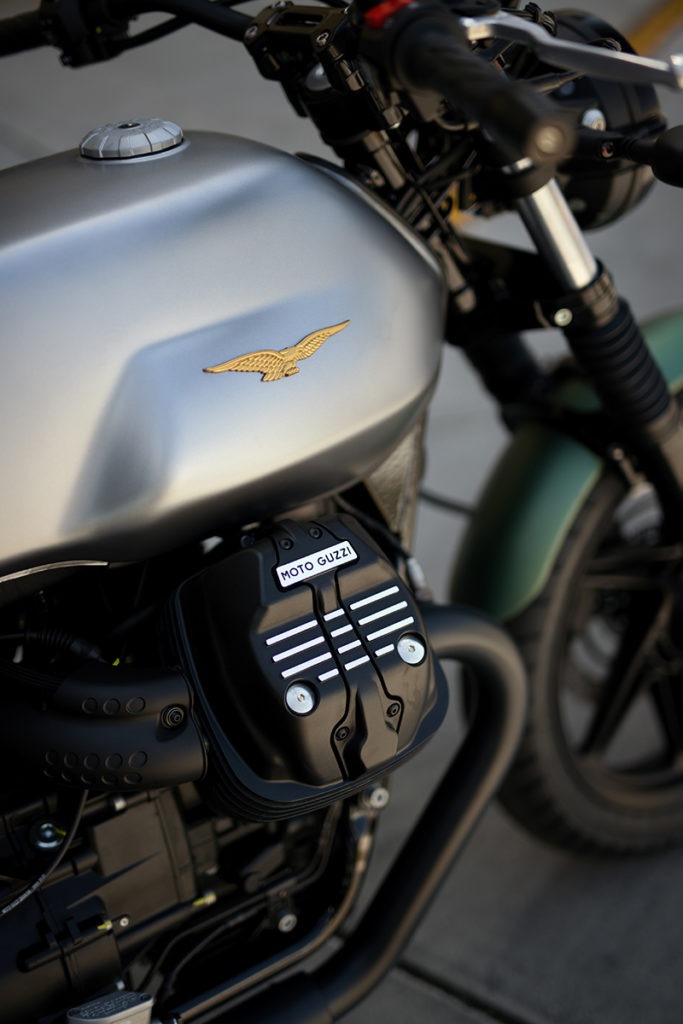
Moto Guzzi made many useful, subtle updates to the V7 platform. Reduced effort from the single-disc dry clutch. A stiffer frame and a bigger swingarm with a new bevel gear for the cardan shaft drive. Revised damping and a longer stroke for the preload-adjustable rear shocks. An updated ABS module. A wider rear tire (now 150/70-17). Vibration-damping footpegs. A thicker passenger seat.
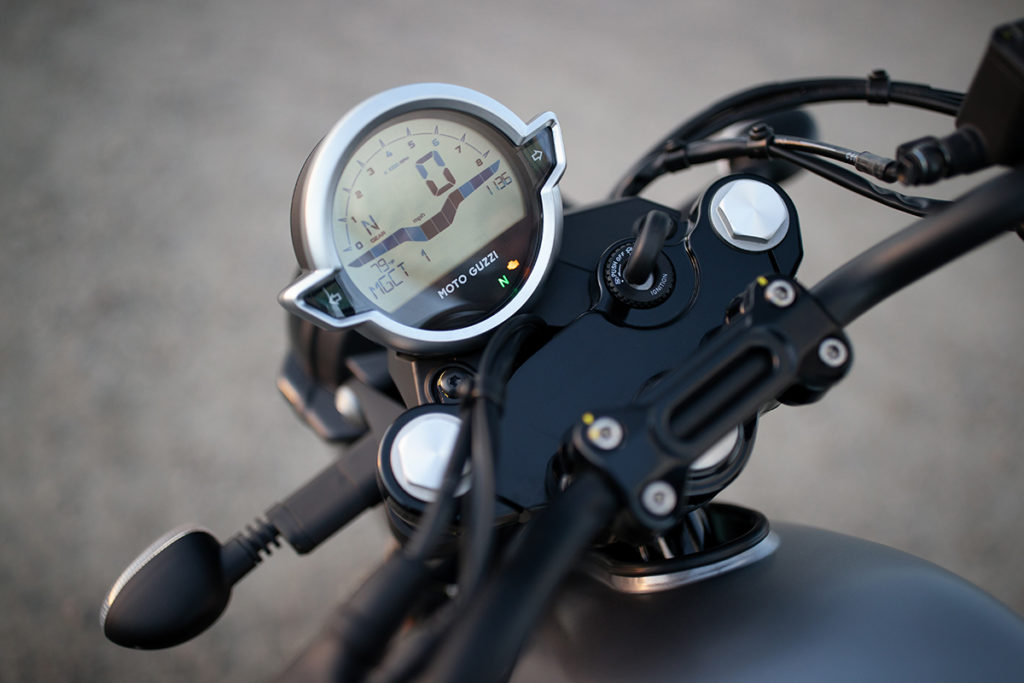
All are appreciated, but if I’m honest, I thought about none of them as I rolled through curve after curve on California’s Palms to Pines Highway, climbing higher and higher into the rugged, snow-dusted San Jacinto Mountains. For the better part of a day, I just rode the V7. I didn’t try to figure out its riding modes (it doesn’t have any), nor did I connect my smartphone to Moto Guzzi’s multimedia app. I rolled on and off the throttle. I shifted through the gears. And I smiled. A lot.
The V7 Stone is solid, predictable, carefree. Its engine doles out torque nearly everywhere, but it feels happiest chugging along in the midrange. Throttle response is direct, the exhaust note is soothing. Thanks to its modest weight, low seat, and natural ergonomics, riding and handling are effortless. Braking, shifting, suspension — everything dutifully meets expectations. Like the Guzzi that stole Pierson’s heart, the V7 Stone is a workhorse, and it’s easy on the eyes. Well, except for its peculiar-looking taillight, which has a constellation of red LEDs that look too sci-fi for this style of bike.
The V7 Stone Centenario carries the weight of Moto Guzzi’s century of history with confidence. The brand is an acquired taste, favored by connoisseurs rather than the masses, and it inspires a cult-like following. When I interviewed Melissa Holbrook Pierson for the Rider Magazine Insider podcast, I asked about her first encounter with a Guzzi. “It was chance,” she said. “I just happened upon the bike that was literally perfect for me.”
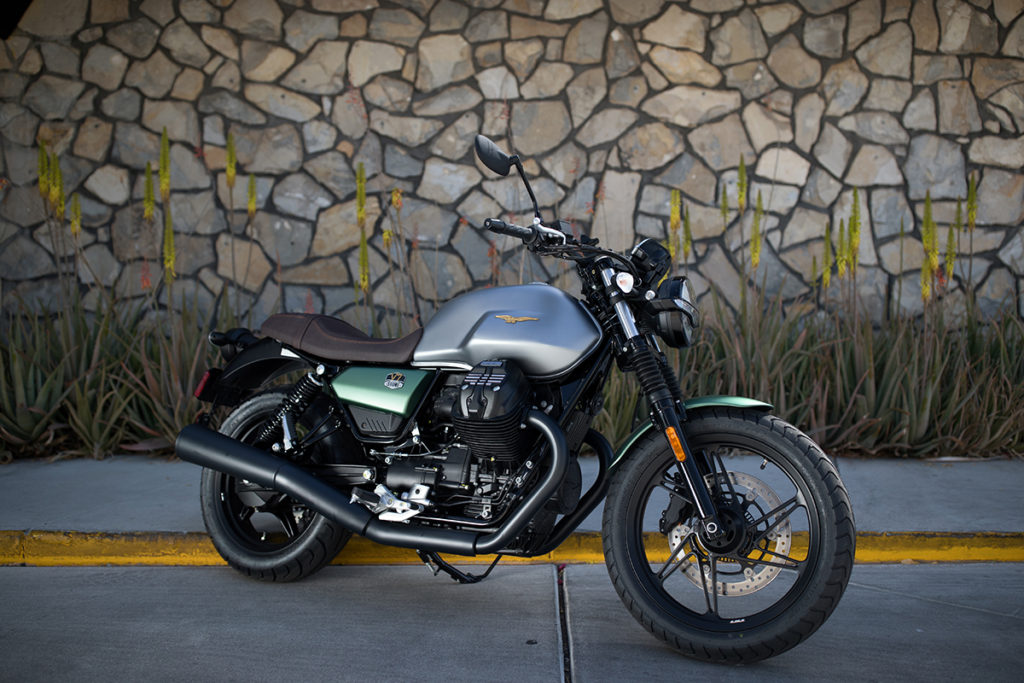
2021 Moto Guzzi V7 Stone
Base Price: $8,990 Price as Tested: $9,190 (Centenario edition) Website: motoguzzi.com Engine Type: Air-cooled, longitudinal 90-degree V-twin, OHV w/ 2 valves per cyl. Displacement: 853cc Bore x Stroke: 84.0 x 77.0mm Horsepower: 65 hp @ 6,800 rpm (claimed, at the crank) Torque: 54 lb-ft @ 5,000 rpm (claimed, at the crank) Transmission: 6-speed, cable-actuated dry clutch Final Drive: Shaft Wheelbase: 57.1 in. Rake/Trail: 28 degrees/4.1 in. Seat Height: 30.7 in. Wet Weight: 480 lbs. Fuel Capacity: 5.5 gals.
The post 2021 Moto Guzzi V7 Stone | First Ride Review first appeared on Rider Magazine.
Source: RiderMagazine.com

